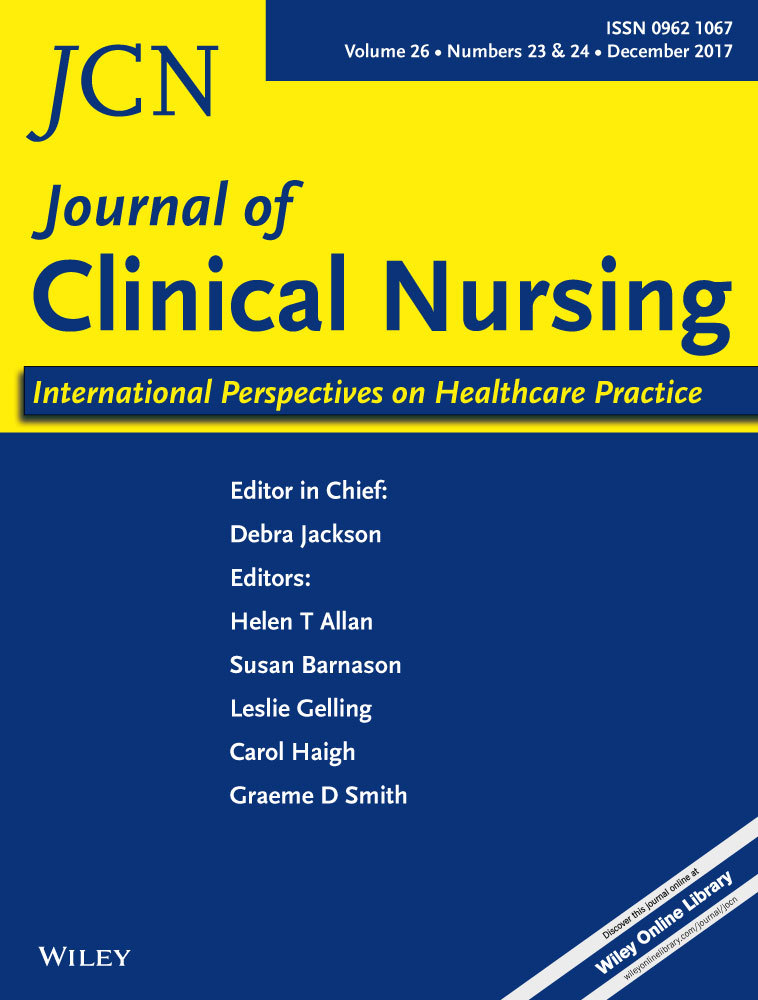Vulnerability to burnout within the nursing workforce—The role of personality and interpersonal behaviour
Abstract
Aims and objectives
To study the combination of personality and interpersonal behaviour of staff nurses in general hospitals in relation to burnout and its separate dimensions.
Background
More research on the individual factors contributing to the development of burnout is needed to improve the risk profile of nursing staff. Therefore, a combination of Leary's interpersonal circumplex model, which depicts the interpersonal behaviour trait domain, and the five-factor model was considered in the study at hand.
Design
A cross-sectional research method was applied using self-report questionnaires.
Methods
A total of 880 Belgian general hospital nurses were invited to participate in the study. Data were collected from November 2012–July 2013. The questionnaire consisted of three validated self-report instruments: the NEO five-factor inventory, the Dutch Interpersonal Behaviour Scale and the Maslach Burnout Inventory.
Results
Of the 880 nurses invited to participate, 587 (67%) returned the questionnaire. Sex, neuroticism, submissive-friendly behaviour, dominant-friendly behaviour and vector length were found to be predictive factors for emotional exhaustion. For depersonalisation, sex, neuroticism, conscientiousness, friendly behaviour, submissive-friendly behaviour, dominant-hostile behaviour and vector length were predictive factors. Finally, personal accomplishment was determined by neuroticism, openness, conscientiousness, and hostile behaviour.
Conclusions
This study confirmed the influence of the Big Five personality factors on the separate dimensions of burnout. Interpersonal behaviour made a significant contribution to the predictive capacity of the regression models of all three dimensions of burnout. Additional longitudinal research is required to confirm the causal relationship between these individual factors and burnout.
Relevance to clinical practice
The results of this study can help to achieve a better understanding of which vulnerabilities an individual prevention programme for burnout should target. In addition, hospitals could use assessment instruments to identify nurses who are prone to burnout and thus would benefit from additional support or stress reduction programmes.




